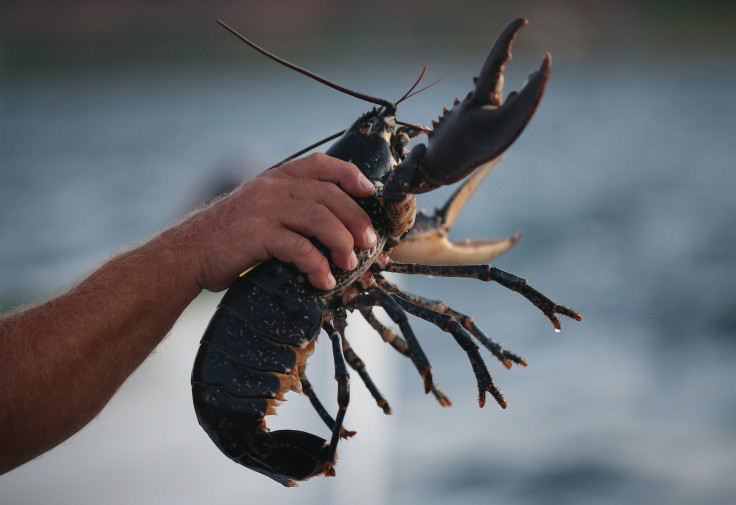508 Million-Year-Old 'Jackknife' Headed Sea Predator Reexamined In Toronto, New Relatives Found

The fossilized remains of a 508 million year old tiny sea predator may have suddenly revealed that the believed orthopod is actually related to another species, after researchers in Canada took a new look at the creature.
The remains of Habelia Optata have been confusing scientists for years, according to Science Daily, but paleontologists with both the University of Toronto and the Royal Ontario Museum have reportedly revisited the fossil, and discovered that the predator, believed to be very small but still fierce, to determine that it was actually a close relative of the ancestor of all chelicerates, a sub-group of arthropods living today.
The discovery of anatomy in Habelia's head, as well as the presence of two small chelicerae-like appendages, which were often found in the mouth of chelicerates and used to cut food, is why the new relationship has been determined.
"Habelia now shows in great detail the body architecture from which chelicerates emerged, which allows us to solve some long-standing questions," Cédric Aria, a post-doctoral researcher at the Nanjing Institute of Geology and Palaeontology in China, who led the research, said. "We can now explain why, for instance, horseshoe crabs have a reduced pair of limbs—the chilaria—at the back of their heads. Those are relics of fully-formed appendages, as chelicerates seem to originally have had heads with no less than seven pairs of limbs."
All that had previously been known about Habelia optata was that it was only about 2 cm long with a tail as long as the rest of its body. It was always believed to be an arthropod, a group which includes spiders, insects, lobsters and crabs.
It was also believed to have lived during the middle Cambrian period 508 million years ago, hence its age, and was from the renowned Burgess Shale fossil deposit in British Columbia.
This new research clarified the main sub-group of arthropods to which it belonged, after decades of the mystery remaining unsolved. It illustrates that the body was divided into a head, thorax and post-thorax, all of which bore different kinds of appendages, including five pairs of walking legs in the thorax, and rounded appendages likely used to respiration in the post-thorax.
© Copyright IBTimes 2025. All rights reserved.





















